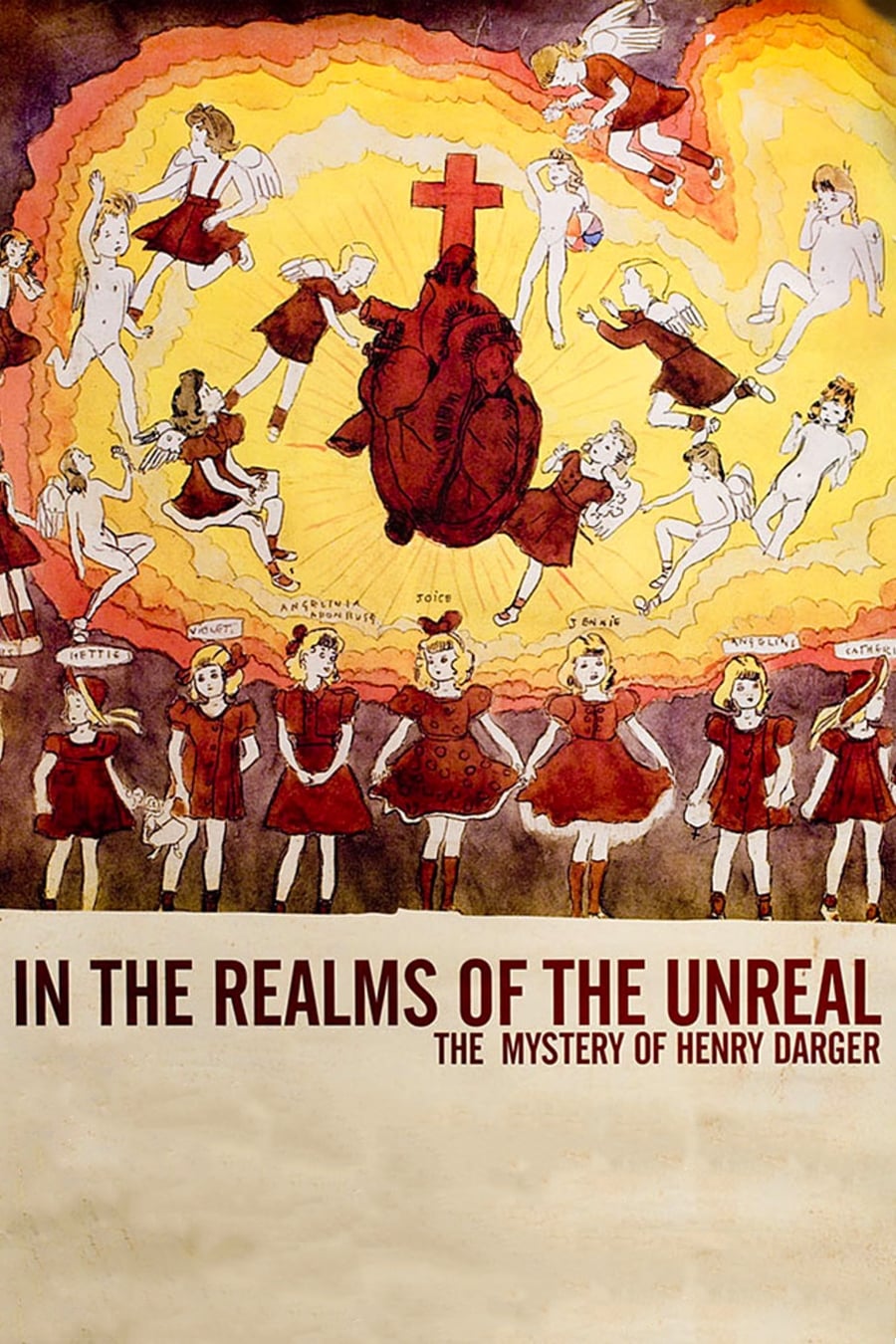
In the Realms of the Unreal is a documentary about the reclusive Chicago-based artist Henry Darger. Henry Darger was so reclusive that when he died his neighbors were surprised to find a 15,145-page manuscript along with hundreds of paintings depicting The Story of the Vivian Girls, in What is Known as the Realms of the Unreal, of the Glodeco-Angelinnian War Storm, Cased by the Child Slave Rebellion.
03 Jul In the Realms of the Unreal (2004)
Lost Battles
Henry Darger was a man damaged in childhood who went on to lead a reclusive, long life. As with many of us, he was pulled into a fantasy world. Unlike nearly all of us, he found a way to reify that world in text and images. He had no intentions of ever sharing I am sure, but share we can.
He is known first for his eccentricity, then his paintings which really are quite remarkable. They illustrate his alternative world where pure little girls formed the army of good against evil. Evil clearly was close to the “real” world. And Darger himself appears in the stories he wrote to supplement the images. Of course he is in the images as well.
It is a fascinating story and possibly highly cinematic. There are some facts of his life that were good to learn; and it is effective to hear so many conflicting memories of the man. It is valuable to see the images. Some of them are absolutely hypnotising, especially in the context. But gosh this filmmaker makes so many bad choices.
Although the story has no explicit sexual flavour, it is quite close to perverse. My own view is that the world and the girls as he imagined them were tokens of otherworldliness so abstract and pure that they need to be admired for the clean purity. Having Dakota Fanning narrate as one of the Viviane Girls, and with practiced childishness, tips the balance from abstract to absolutely dangerous. A big mistake.
The fellow that narrates Darger’s inner voice is profoundly wrong too. A narrator could work. Animating the drawings could work. But gosh, either you need to fully buy into the world and enter it as Darger would, or you have to set a platform in between him and us that has some solidity. We have to know who and where we are. This filmmaker does not do that, skipping from place to place with no anchor, no coherence. If the man is about anything, it is coherence.
It would have been good to know that some of the “witnesses” here basically stole the man’s legacy and became wealthy as a result. Their recall is coloured by some pretty crass motives.
Posted in 2010
Ted’s Evaluation — 2 of 3: Has some interesting elements.


No Comments